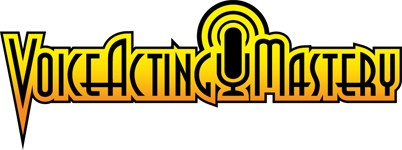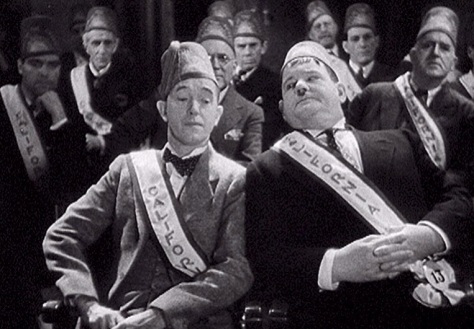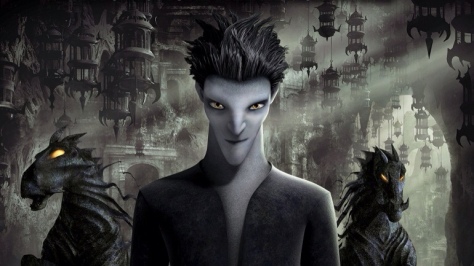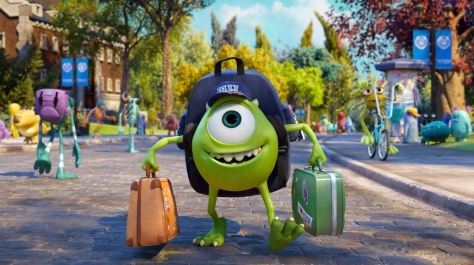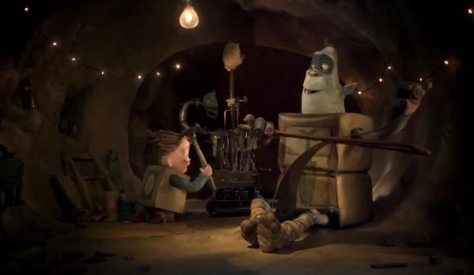
One of the things I find interesting is that whenever I read animation books about making films, the authors all like to say the exact same thing: “The Three most important aspects of any movie is STORY, STORY, STORY.” What is it about this mode of thinking that have defined the way animated films are made? What does Story mean exactly? For one thing, most people will tell you that your story is “about something”, indicating either a theme or a message. But when I watch an animated film, I don’t find that story is as much the emphasis that ENTERTAINMENT is.
By entertainment, I don’t simply mean the things that make us laugh, but it’s everything that moves us about the story and carries us along. Is it funny? Exciting? Dramatic? Engaging? What’s the hook to get people interested? That’s entertainment, not necessarily story. The story tends to imply something about a theme or a message that makes it appear more that the film is trying to say something. But what we do know about the greatest stories told in film is that they aren’t boiled down to a single message. There is something powerful going on in movies like Star Wars, The Iron Giant, Finding Nemo, Snow White and The Seven Dwarves, The Wizard of Oz, Ghost, or TV shows like Breaking Bad, Six Feet Under, etc. Something about these films taps deeper into our psyche, and it’s not simply because they are good stories. These films are enormously entertaining, and it’s a great story that evolves out of that. The entertainment is what helps bring out the emotional center of these films. What is a Bugs Bunny cartoon about? What’s the meaning of a Wallace and Gromit short? They just are what they are, yet we connect with them on a much richer, deeper spiritual level, than you would ever get from a film that has a lot of entertaining stuff going on, but then promotes a message “telling” you what the film is about instead of “showing”.
You’ll notice that the idea of slapping a message in animated films is something that actually came later on with the Disney “2nd Golden Age” as part of the formula for animated feature storytelling. “Be Yourself.” (Aladdin) “Let your children be free to make their own choices” (The Little Mermaid), “Don’t judge a book by it’s cover” (Beauty and the Beast). They’re all very good messages. But that doesn’t mean that’s what the film is about. Compare that now to a movie like “Sleeping Beauty”. What’s the message of that film? Or Snow White, Pinocchio, or Lady and The Tramp? Walt Disney wasn’t as concerned with what his films were about as long as they moved people and were entertaining. Some of these films are powerful and emotional, which really get us going. You are entertained when you laugh, when you cry, when you’re shocked, when you’re thrilled. Entertainment and story working together is what brings these emotions out of you, not simply story by itself that brings out these things. I’m not suggesting that films like Snow White have no story. What I’m saying is that for these films, the story comes out of the entertainment. The story shouldn’t have to be based on a message or a moral. It should be allowed to be its own thing in the same way it moves its audience.
This is part of the reason why I think Pixar’s latest batch of films have been so problematic. They’re so focused on “Story”, and the idea that their films have to be about something that it loses the connection that the characters and the entertainment can bring us. American films are primarily about entertainment. Story and Character and Entertainment are one in the same thing. When I was in college, my first film was a cartoon called Bear Food. It was a silly little concept about a bear trying to get at a bag of food hanging in a tree. The story wasn’t much deeper than that, and the entertainment was in the bear getting frustrated and losing control when everything he tried to get the food failed. My second film The Jellyfish Girl was a different matter. It started out more as an entertainment short, until I got the idea that my main character should die at the end of the short. It was a much darker ending than what people anticipated. I was excited that I was starting to come into my own as a storyteller. But at the same time the short also corrupted me, as my focus tried to shift more into story rather than entertainment. I kept screaming in my head “My next film has to be about something! It’s supposed to be about something! Whats it about!!” I lost something when I started fixating too much on the overall story and just trying to let it be what it is. It wasn’t until recently that I realized that the idea I had about the kid dying at the end of the short…was also about entertainment. I didn’t think about why the kid needed to die or what my deeper intentions of the story were…I just wanted people to be moved…shocked, and upset. That’s entertainment. That was my reason for people watching the short in the first place, to lead up to that moment. It was fixating on Story that made things so much harder because everyone kept telling me it was the most all important aspect of making a film. It’s not.
It’s about the holy trinity working together in order: Entertainment, Character, and Story. What is the most entertaining aspect about a character? What is it about the character that drives the story? The story tells you inside what its really about (not the message or the moral, but the emotional center of the piece) and that comes back as entertainment. But that’s not to say that every film is about entertainment. Sometimes its purely character. Sometimes it’s purely story or strictly entertainment. But Story is not king. In American animated features, it has and always has been about Entertainment first. What the story is about is not so important as moving an audience. In most animated features, putting Story first usually amounts to working with a formula. I notice in Pixar films in particular, there is always a sequence that’s just about gags. The story is still there, but takes a backseat to a string of gags, whether it’s about Toys or Bugs or Monsters or Fish. These moments are cute, but they always bugged me a little because it’s like setting aside a little sequence to tell jokes instead of having them interwoven into the entire film. This was done differently in The Incredibles, where the strings of superhero gags were part of the story, such as the films about the early days of the Supers, or Edna Mode’s “No Capes” speech, offering a string of gags that play a part in the story and aren’t just bundled together by themselves.
I want to mention one of my favorite Chuck Jones shorts, “Feed The Kitty”, an entertainment short that is about something. If you’ve seen the film, Marc Antony is a bulldog who falls in love with an itty bitty kitten and wants to keep it for himself. But he’s afraid his mistress (his owner) won’t let him keep it, so the entire short is a series of gags about how the dog is trying to keep the kitten out of trouble and away from his mistress. There comes a point where Marc Antony thinks the kitten has been grinded in a blender and made into cookies that he thinks the kitten is dead (but we see the kitten was never harmed beforehand). When Marc Antony discovers the kitten is not actually dead, and here’s the amazing part, he is overwhelmed with joy. And so is the audience who actually had a little tear in their eyes. Jones did not expect people to cry in that moment. It was played for a laugh. Because of that the short becomes about something…a much deeper connection is formed for these characters in the hearts of the audience (and it’s just a 6 minute short!)
What is the most entertaining aspect of any cartoon? That’s a question that should be asked, and its what people want most when they see any animated film. It’s the story that evolves out of that and helps us connect to a deeper place within our audience.
